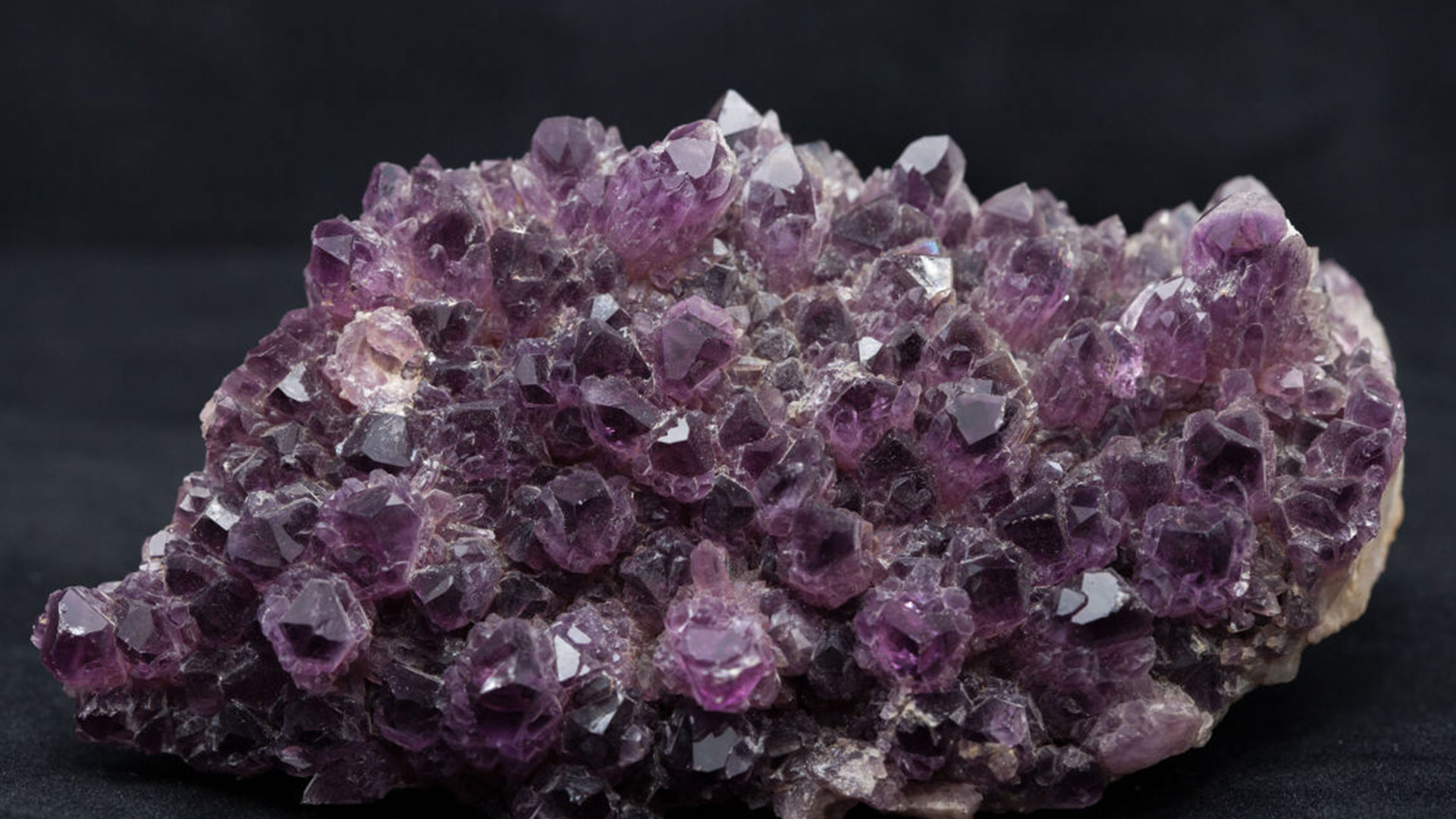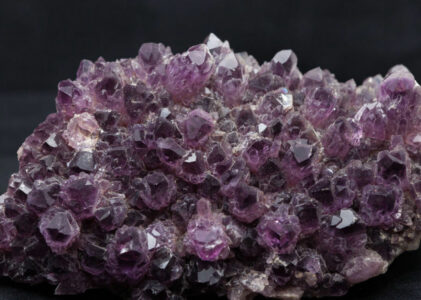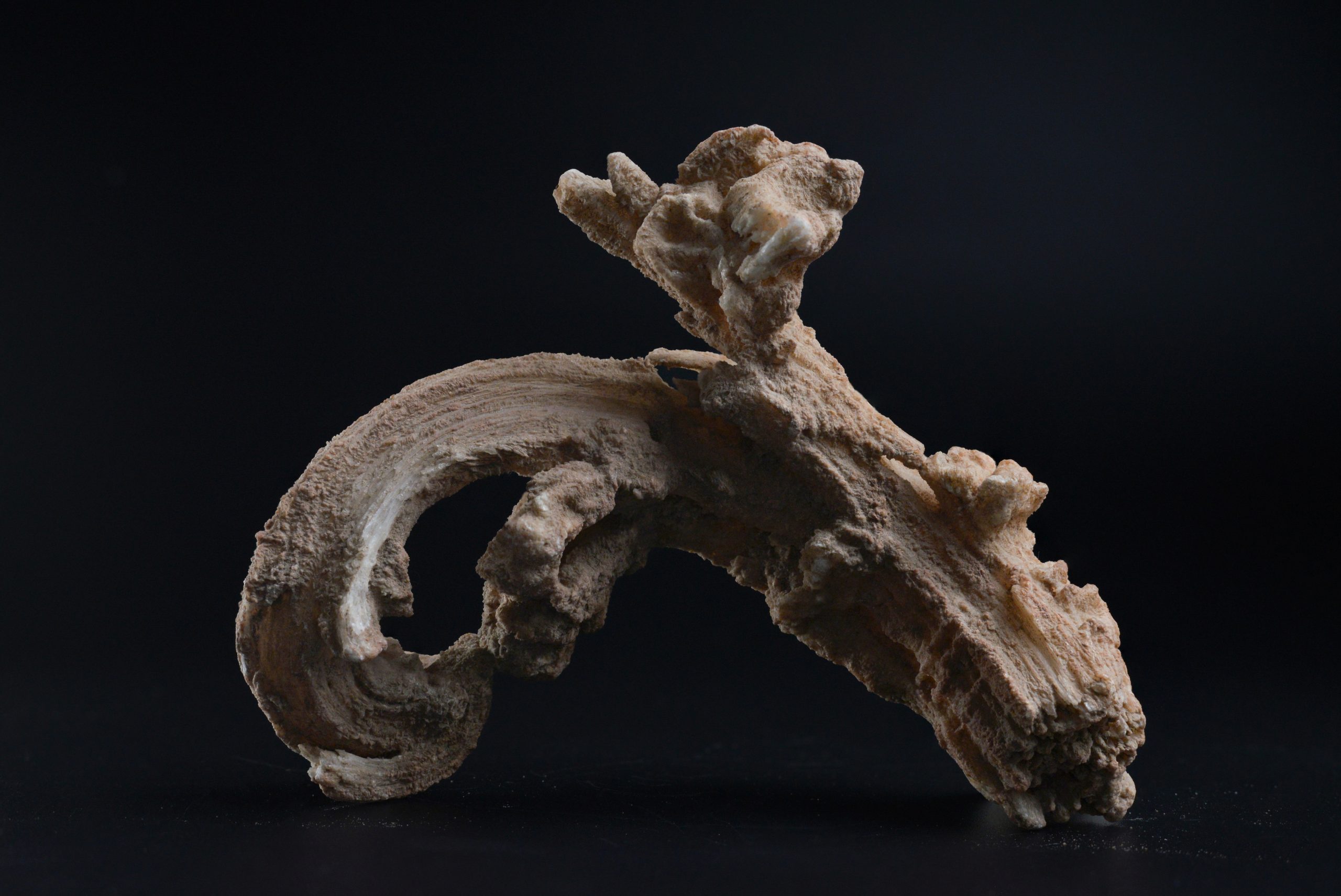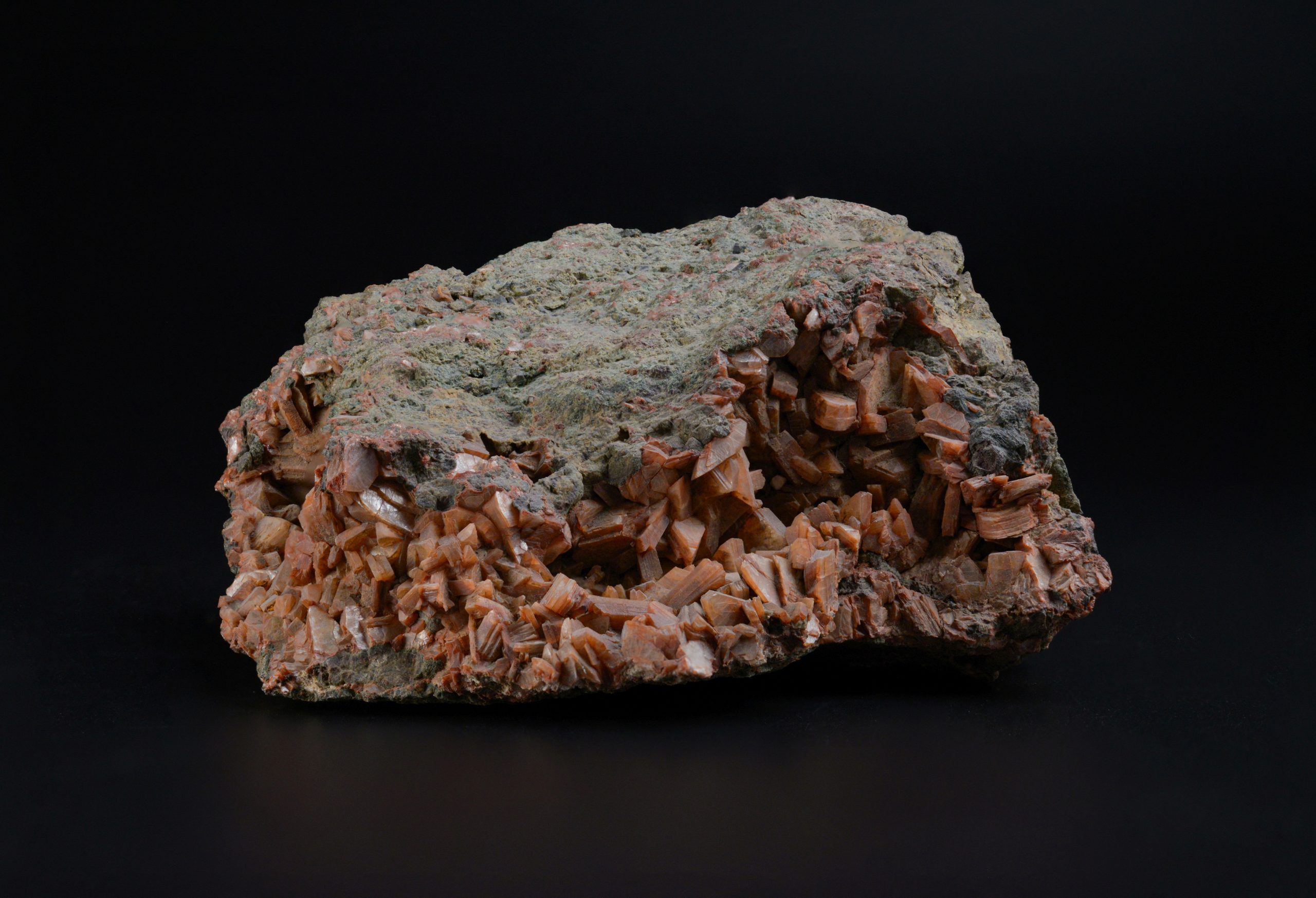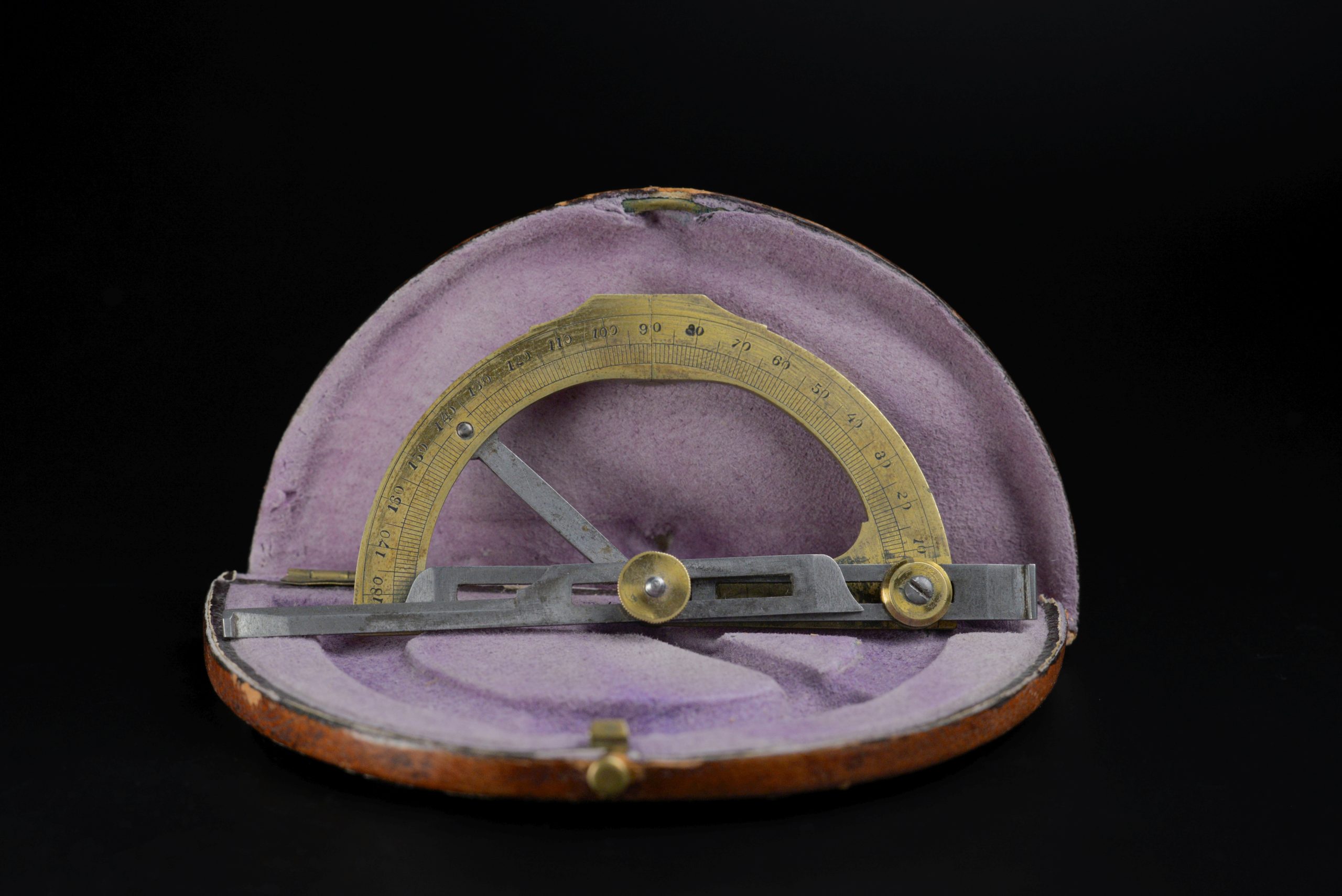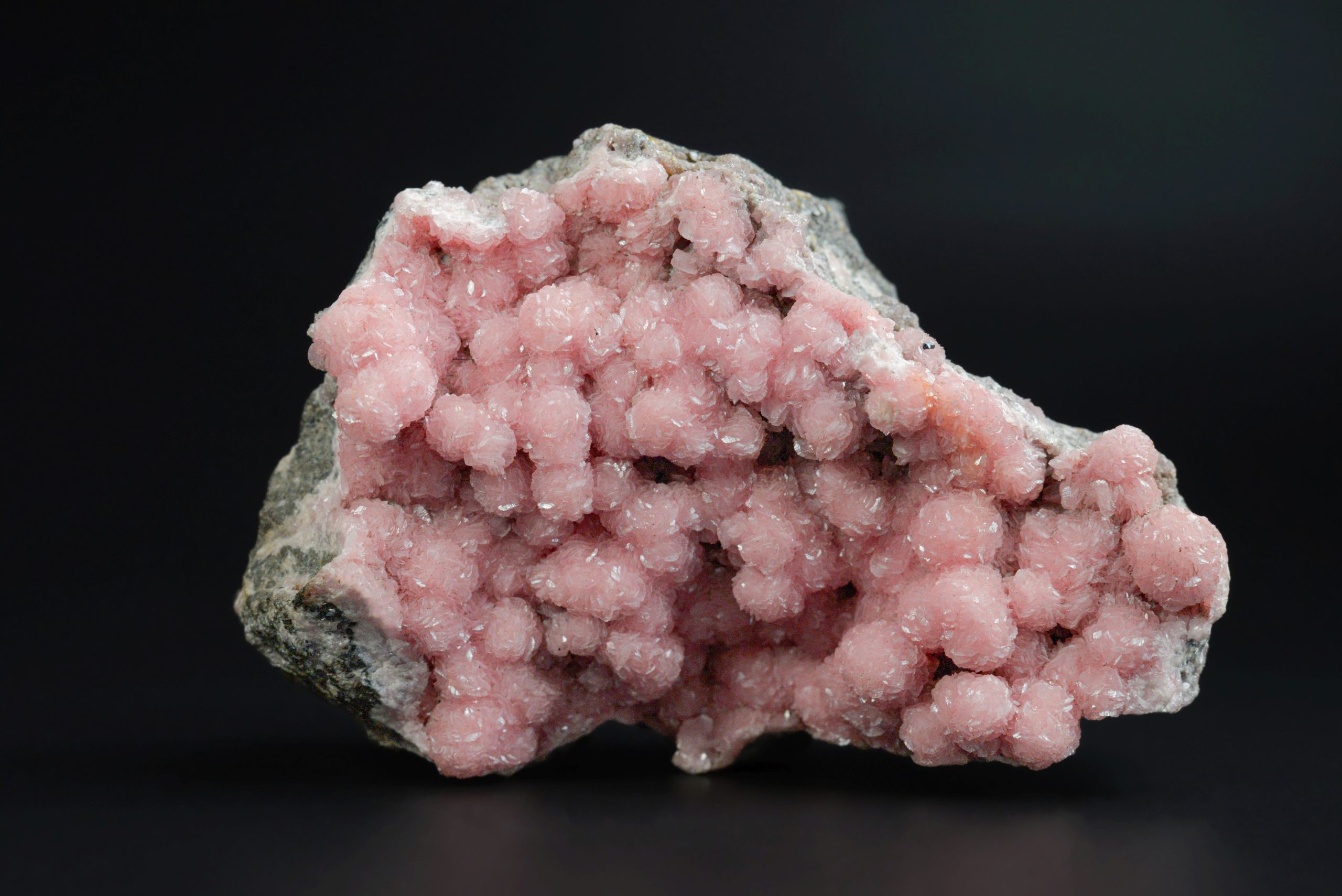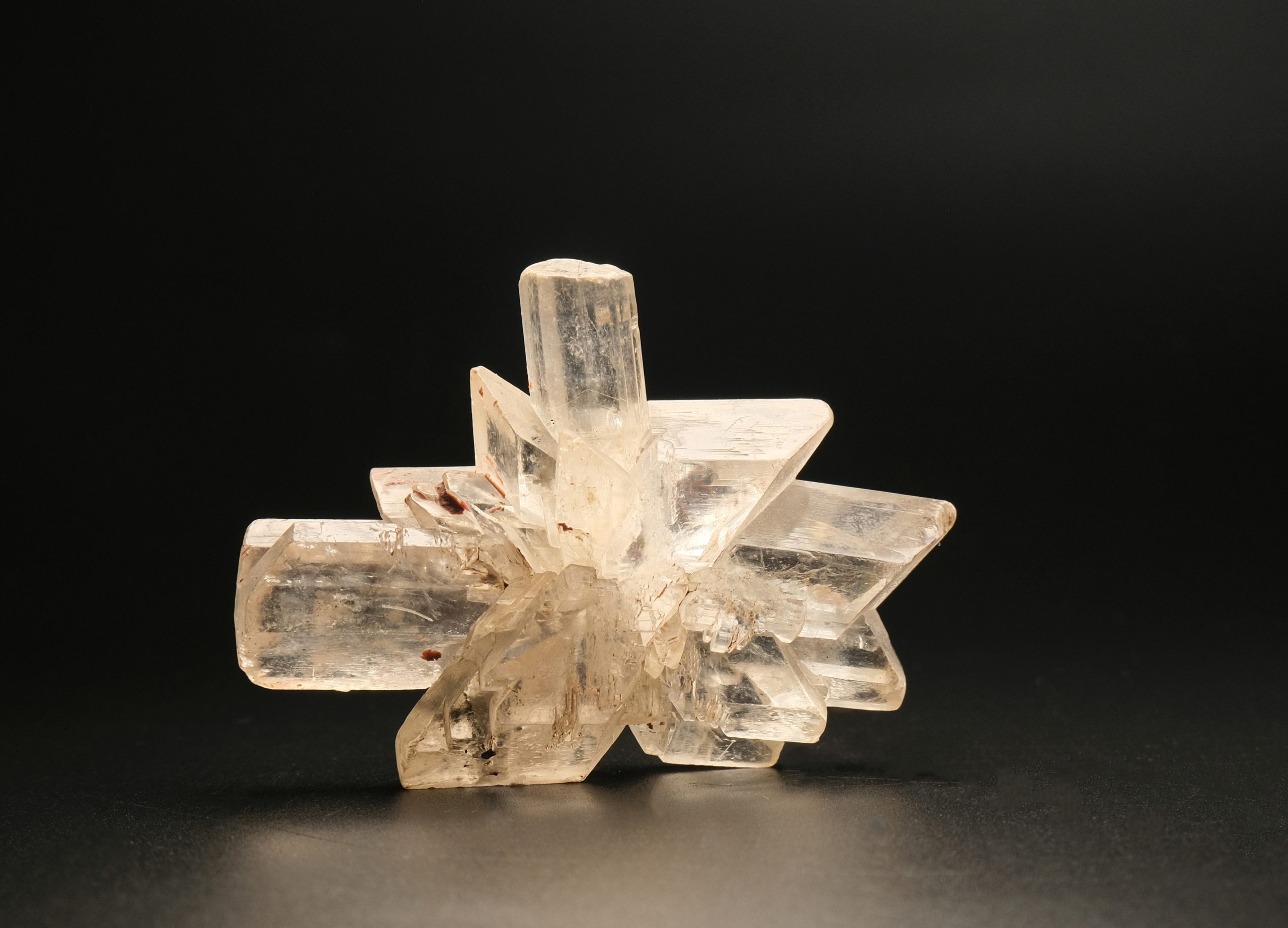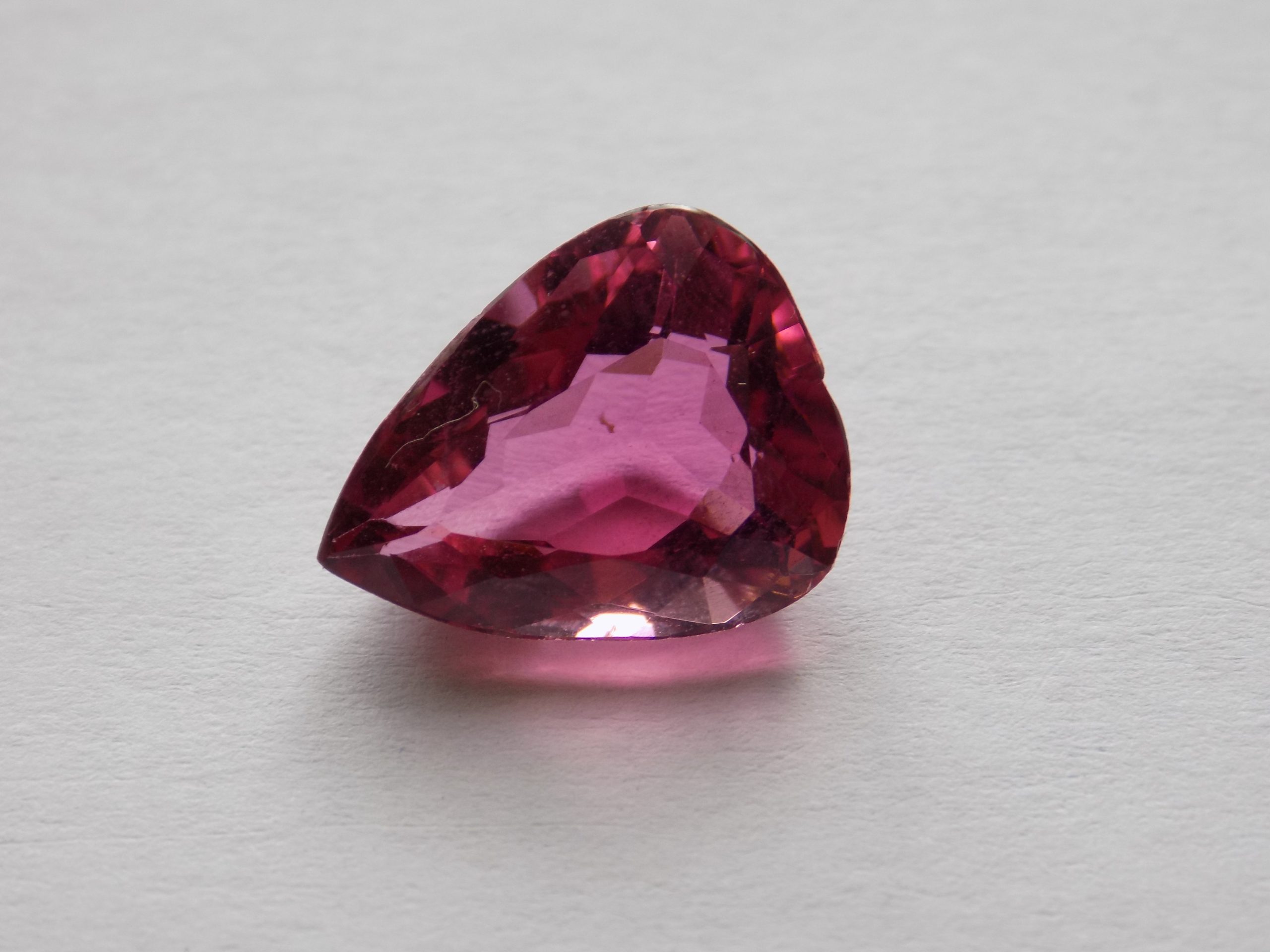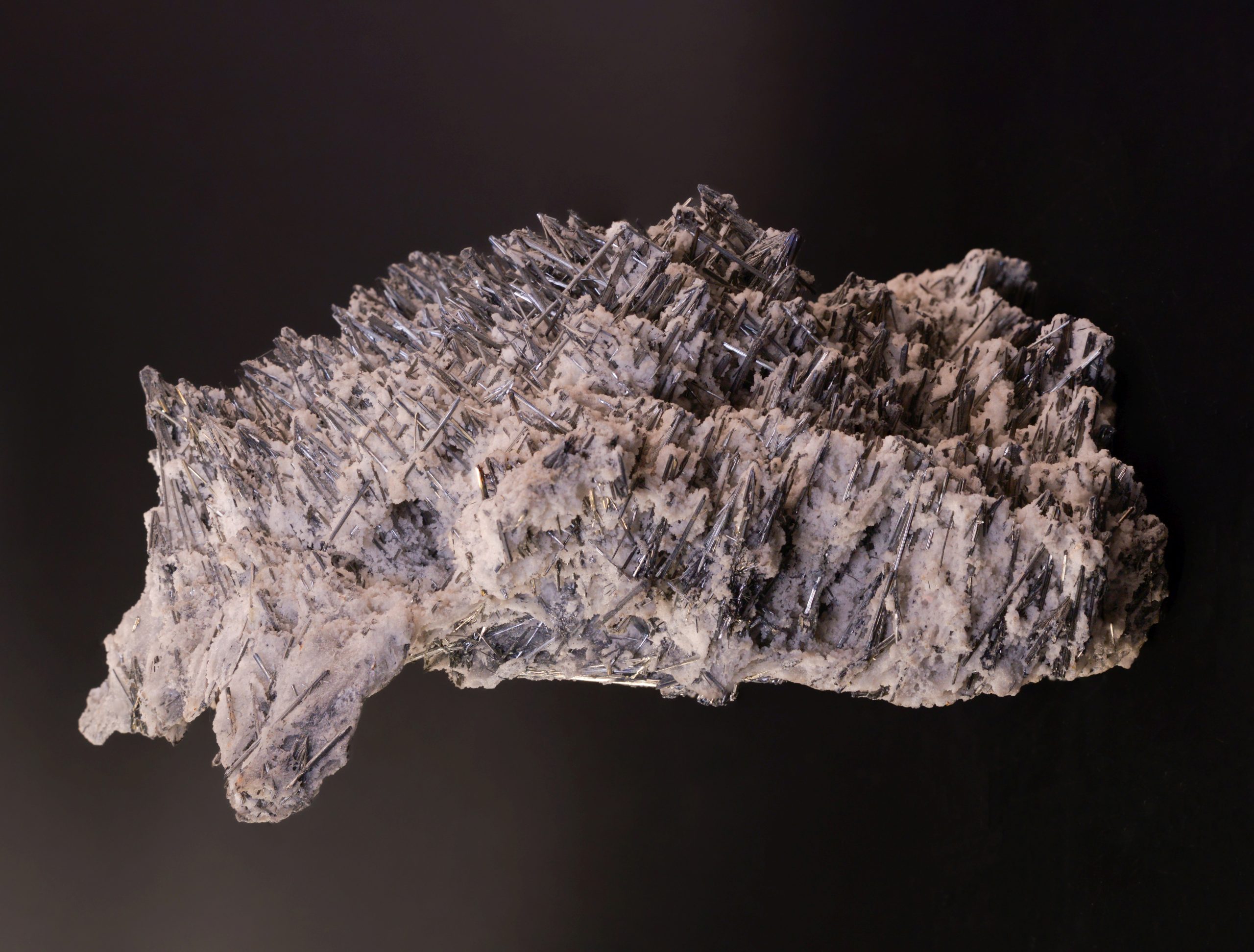paginamuzee_header_acces
Orar
- Tuesday-Friday | 10:00-15:00
- For groups, visits can also be scheduled outside opening hours, including on weekends.
Tarife
- Adults | 12,00 lei
- Schoolchildren, students, pensioners | 6,00 lei
- Family ticket (2 adults + 1 child; free admission for all the other children) | 25,00 lei
- BBU students and employees (based on their student ID card and work ID card, respectively), children under 3 years of age, and persons with disabilities | free entry
paginamuzee_header_contact
Adresa
- M. Kogălniceanu Street, no. 1 (BBU main building, ground floor – rooms P2–P4), 400084, Cluj Napoca
Personal
- Dr. Luminița Vlăzan, museographer
- mineralogie.muzee@ubbcluj.ro
Telefon
- +40 (0)264 405 300, ext. 5121; +40 (0)726 329 491
paginamuzee_header_evenimente
evenimente_organizate_de Mineralogy Museum
The Mineralogy Museum is a unique world filled with crystals, precious stones, mineral flowers, gemstones, and meteorites. Although it has been a place of study and in-depth learning for geology students and specialists since its beginnings, the general public is always welcome to discover the museum’s treasures.
The Mineralogy Museum began as a department of the Transylvanian Museum Society, founded in Cluj in 1859. After the opening of Cluj University, these collections were used as teaching materials, and the professors of the Department of Geology and Mineralogy were responsible for their care and development. The collections were moved to the university’s current headquarters upon its opening in 1900, in the same rooms as they are today.
Museum exhibitions
The permanent exhibitions, which cover systematic mineralogy, regional mineralogy, meteorites, and gems, take the two rooms of the museum. The crystallography and historical scientific instruments exhibitions are located in the lobby of the Department of Geology (Mineralogy). The museum itself displays approximately 8,000 mineral samples (in 59 display cases).
The permanent exhibitions comprise:
- The systematic mineralogy exhibition is the museum’s largest permanent exhibition. The more than 4,500 samples are grouped into nine classes of minerals. The presentation order within each class observes that of the German mineralogist Strunz. Over 860 distinct mineral species are illustrated, including varieties from Romania and abroad, from a wide range of significant geological locations (occurrences).
- It includes an exhibition of native gold, one of the most substantial of its kind in Romania, with over 150 representative samples from the famous Golden Quadrangle, especially from the Roșia Montană deposit (Alba County), but also from other traditional areas such as Bucium-Baia de Arieș, Brad-Săcărâmb, Zlatna-Stănija, etc. Visitors can also see gold samples from the Baia Mare area (Cavnic) or alluvial gold flakes obtained by washing gold-bearing sands, such as those from Pianu (Alba County). In addition, there are samples from famous gold-bearing areas around the world, such as the Ural Mountains (crystals up to 2 mm, from Neviansk) and Siberia (Russia), Cornwall (Great Britain), California (USA), Mexico, Colombia, and Venezuela.
- The regional mineralogy exhibition reveals Romania’s mineral wealth by representing the three traditional mining areas: the Oaș-Gutâi-Țibleș metallogenic province (with hydrothermal deposits resulting from Neogene magmatism), the Apuseni Mountains province (with hydrothermal or pyrometamorphic deposits, determined by both Banatitic and Neogene magmatism), and the Banat province (with metasomatic deposits associated with Banatitic magmatism). The main mineralogical occurrences in these provinces are metallic minerals (with economic value) and gangue minerals (non-metallic, sterile), which are the most characteristic.
- Meteorites represent the most extensive collection of this type in Romania, with over 200 meteorite samples, fallen on all five continents; some of them are world rarities (for example, a small fragment from the oldest meteorite fall in the world, with witnesses – Ensisheim, France, November 7, 1492).
- Special attention is paid to the “Romanian” meteorites. Seven of the ten officially recognized meteorites that fell on Romania’s current territory are represented in this section. Among them, the largest fragment (35.7 kg) from the Mócs meteorite (which fell in Mociu, Cluj County, on February 3, 1882) stands out.
- The gemstone exhibition (precious and semi-precious stones) is displayed in its original 19th-century showcase. It is one of the museum’s main attractions. Visitors can admire a wide variety of natural minerals used in jewelry, along with some synthetic products (glass, synthetic spinel, etc.) and organic substances (coral, pearls), most of which have been processed.
- Visitors can see diamonds (from South Africa), sapphires and rubies (from India, Sri Lanka, and USA), emeralds (Brazil), garnets, tourmaline, varieties of quartz (amethyst, citrine, rock crystal, etc.) and opal (noble, fire), spinels, turquoise, etc.
In the corridor of the Department of Geology (Mineralogy), the following museum sections can be visited free of charge:
- The crystallographic exhibition contains about 750 exhibits, both natural crystals and casts, arranged according to systematic criteria. The samples on display illustrate the main classes of crystallization. This exhibition is complemented by a presentation of the various crystal shapes (the so-called habitus).
- The physical properties of minerals exhibition includes about 350 mineral samples, highlighting their main macroscopic characteristics, such as color, shape, luster, transparency, hardness, etc.
- The mineral systematics exhibition is a concise overview of the classification of mineral species into classes based on their chemical composition.
- The exhibition of historical scientific instruments is a valuable collection of instruments used in mineralogy and crystallography from the late 19th century to the present day. It includes goniometers (contact or optical), refractometers, spectrometers, various types of optical microscopes (polarizing and stereoscopic), as well as diverse types of analytical balances.
Activities
Cultural and educational activities
The Mineralogy Museum regularly organizes temporary exhibitions on diverse topics, aiming to promote scientific heritage and popularize geological sciences among the general public. It also participates in cultural and educational events, such as the European Museum Night.
Support teaching activities for schoolchildren and students
The rich collections of the Mineralogy Museum serve as a teaching and scientific reference base in the field of Earth sciences, playing a crucial role in the professional training of students.
- Educational projects for students: In addition to geology students, who are the primary beneficiaries of the Mineralogy Museum’s collections, students from other academic disciplines have the opportunity to view minerals and rocks related to their field of study during thematic visits. Students can also volunteer to help with various museum activities (compiling inventory lists, setting up exhibitions, etc.).
- Educational projects for schoolchildren are meant to increase young people’s interest in the world of minerals in particular and the natural sciences in general. Various projects in the form of games or workshops can be organized during museum visits. Examples of such activities are:
- The workshop How is the mineral? illustrates the various macroscopic properties of minerals that help us identify them.
- The world of stones under the microscope – a workshop in which minerals and rocks are presented at a surprising level of magnification.
Museum collections
The Mineralogy Museum’s collections have been continuously enriched and diversified, currently including around 18,000 samples (about 14,000 minerals, over 3,700 processed precious and decorative stones, and over 200 meteorites), grouped into several collections according to systematic, geographical, and thematic criteria.
Collection of minerals from caves in Romania
This collection comprises over 30 samples from caves in Romania, some of which are very rare….
Zeolite collection from the Apuseni Mountains
The zeolite collection from the Apuseni Mountains is an “author’s” collection created by Prof. Dr. Ioan Bedelean as a result…
Historical scientific instruments collection
The collection of historical scientific instruments comprises a valuable assortment of devices used in mineralogy and crystallography from the late…
Romanian mineral collection
The collection represents the contribution of the Romanian soil to the universal mineralogical heritage….
Macle collection
The macle collection is an educational collection with over 30 “twin crystals”, i.e., symmetrical concretions belonging to the same mineral…
Gem collection
The Romanian gem collection is the most comprehensive and diverse in the country, comprising approximately 3,500 fine stones, most of…
Native gold collection
The native gold collection is the third-largest and most diverse in Romania. It comprises approximately 500 samples of free gold…
Meteorite collection
The meteorite collection is the largest of its kind in Romania, with over 225 samples of various types of meteorites…
Regional mineralogy collection
The regional mineralogy collection reveals Romania’s renowned mineral wealth. It brings together approximately 1,500 mineral samples from over 70 different…
Systematic mineralogy collection
This collection is the largest and most comprehensive in Romania, regarding the number of exhibits, mineral species, and occurrences (the…

